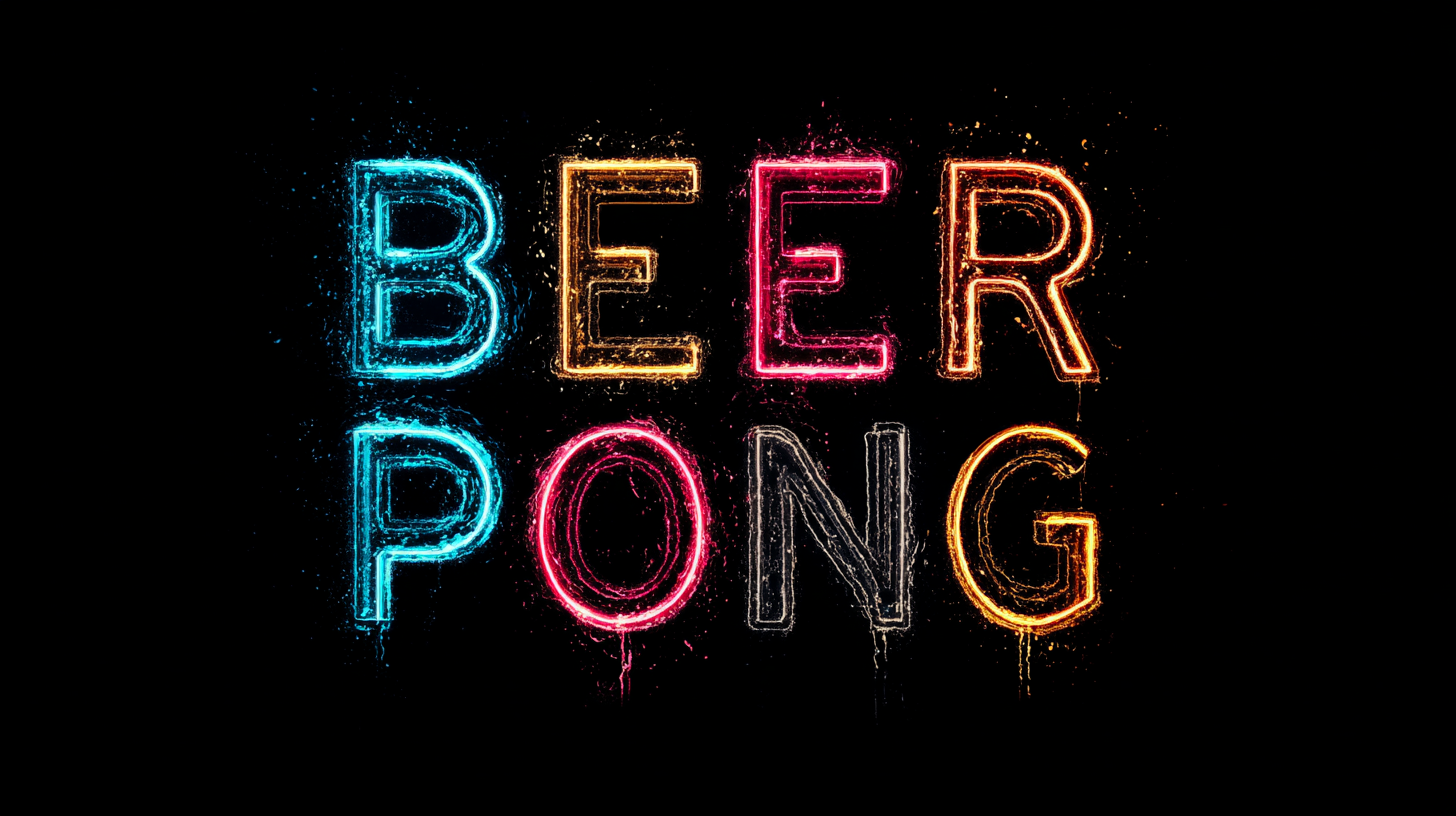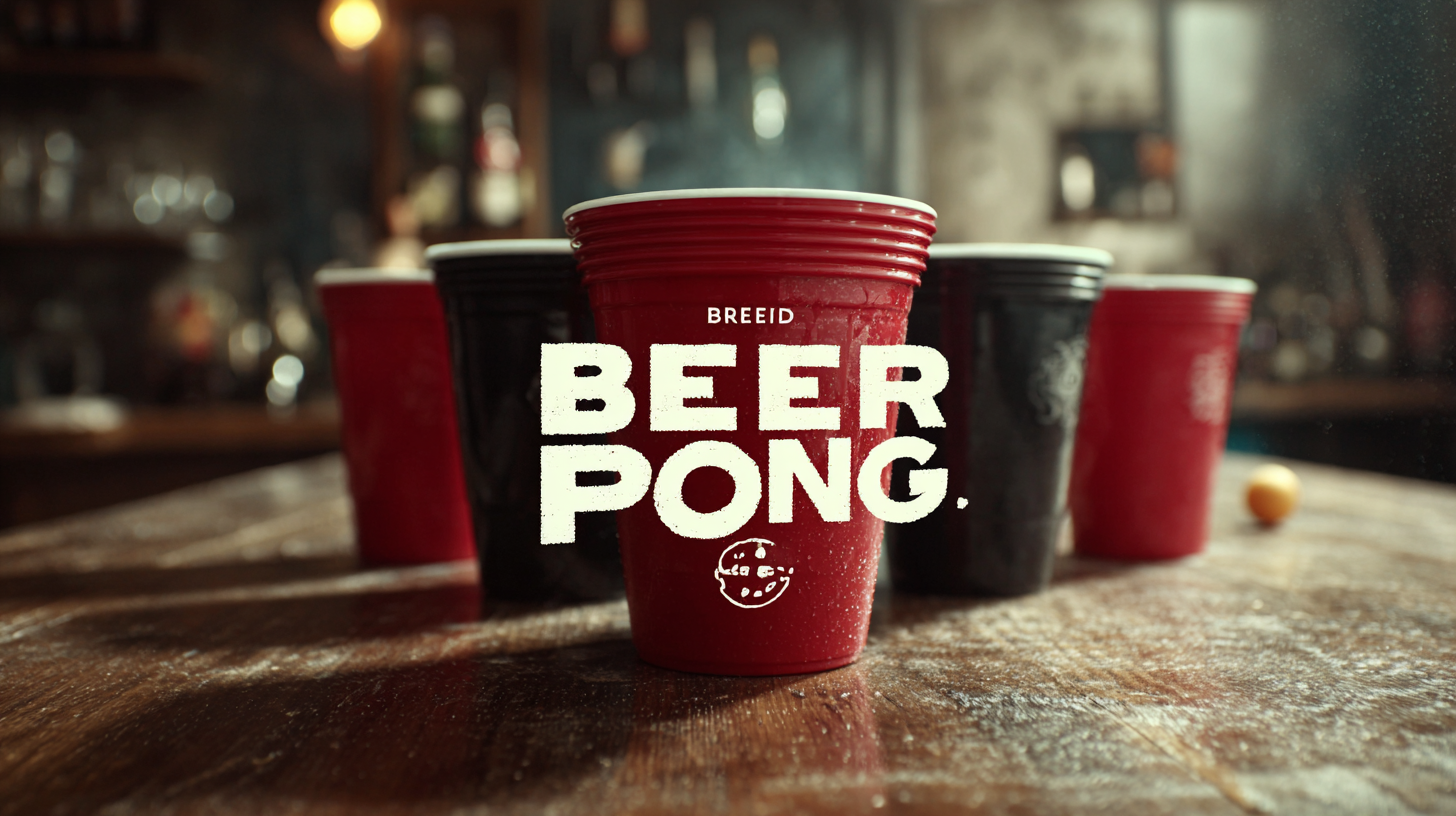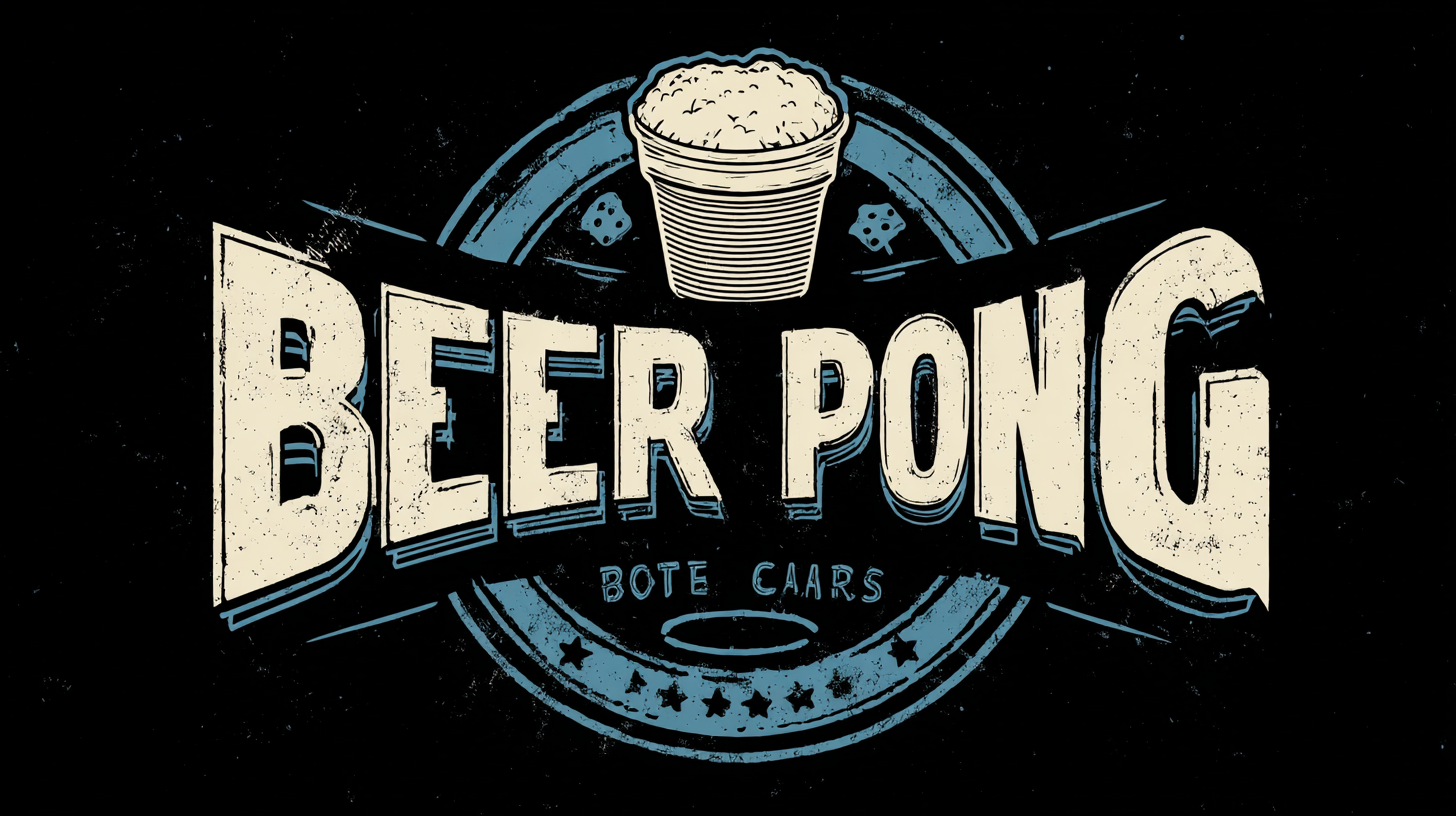As we look forward to 2024, the landscape of Beer Pong is poised for innovation and transformation, driven by emerging trends and evolving consumer preferences. According to a recent report by the Global Beer Pong Association, the market for competitive beer pong has seen a steady growth rate of approximately 15% annually, reflecting a surge in interest among college students and young adults. Not only has this classic party game retained its cultural significance, but it has also embraced technological advancements, such as enhanced playing surfaces and smart cups that track performance.

Furthermore, with the rise of social media marketing and online competitions, Beer Pong is transitioning from a fun pastime to a competitive sport, capturing the attention of sponsors and brands alike. In this ultimate guide, we will explore the latest innovations and market trends shaping the future of Beer Pong, ensuring you stay ahead in this dynamic and rapidly evolving scene.
As we step into 2024, the beer pong landscape is set to undergo a significant transformation driven by emerging technologies. One of the most exciting innovations is the integration of augmented reality (AR) into the traditional beer pong game. Players can experience interactive graphics that enhance gameplay, adding dynamic effects like animated cups, which react to successful shots. This not only elevates the fun but also draws in a tech-savvy audience eager for a modern twist on the classic experience.
Beyond AR, advancements in mobile applications are streamlining the organization and scoring of beer pong tournaments. New apps are designed to facilitate match setups, track scores in real-time, and even connect players for local or virtual competitions. These platforms foster community among enthusiasts and encourage the growth of beer pong as a competitive sport. With features such as live streaming of games and social media integration, the game is becoming a more social and interactive experience, catering to the preferences of a new generation of players.

As the beer pong community continues to grow, the push for sustainable materials is transforming the landscape of this beloved party game. In 2024, we are witnessing a green revolution in beer pong products, where manufacturers are increasingly prioritizing eco-friendly options. From biodegradable cups to tables made of recycled materials, this trend reflects a broader commitment to environmental responsibility among consumers who care about the planet. The demand for sustainable alternatives not only helps reduce waste but also enhances the social experience, as players can enjoy their games with the knowledge that they are contributing to a healthier environment.
Moreover, innovative designs now incorporate biodegradable elements that perform just as well as their traditional counterparts. Companies are experimenting with plant-based plastics and organic materials that maintain the integrity of gameplay while minimizing their carbon footprint. The integration of sustainable practices extends beyond materials; brands are also adopting environmentally friendly packaging and production methods. As we move forward, it is clear that the future of beer pong lies in its ability to adapt to sustainability trends, resonating with a generation of players eager to make responsible choices without sacrificing fun.

Beer pong has long been a staple of social gatherings, but emerging regional variations highlight the evolving landscape of this beloved drinking game. Recent developments showcase how different communities are interpreting beer pong, often reflecting local culture and attitudes. For instance, a controversial adaptation labeled "Jews vs. Nazis Beer Pong" has surfaced among high school students in Florida, featuring a gameplay design that evokes significant historical themes. This particular variation uses the Star of David, sparking discussions about the appropriateness of such themes in leisure activities.
As we look toward 2024, it's evident that beer pong will continue to evolve, reflecting a mix of creativity and cultural sensitivity. Traditional gameplay, characterized by simpler triangular formations of cups, might be challenged by more provocative interpretations that engage deeper societal issues. This trend raises questions about the balance between fun and respect for historical narratives, pushing enthusiasts to reconsider what should be celebrated or critiqued in their games. As these regional variations gain traction, they may shape the future of beer pong in ways that are both innovative and contentious.
| Region | Popularity Score (1-10) | Average Annual Growth Rate (%) | Key Innovations | Market Size (USD millions) |
|---|---|---|---|---|
| North America | 9 | 12 | Smart cups, app integration | 150 |
| Europe | 7 | 8 | Eco-friendly materials, portable designs | 90 |
| Asia Pacific | 6 | 10 | Augmented reality games, themed sets | 70 |
| South America | 5 | 6 | Customized options, larger tables | 30 |
| Middle East & Africa | 4 | 5 | Social games, cultural themes | 20 |
The popularity of beer pong continues to captivate a diverse range of enthusiasts, each bringing their unique preferences to the game. Understanding the demographics of beer pong players reveals intriguing insights into who is participating in this beloved pastime. Primarily, the player base skews towards younger adults, particularly those in college settings, where the game serves as both a social lubricant and a competitive outlet. However, recent trends indicate a significant increase in participation among older age groups, particularly young professionals in their late twenties to early thirties, who are incorporating the game into social gatherings and parties.
Moreover, it’s fascinating to observe shifts in player preferences regarding equipment and gameplay. Many enthusiasts are leaning towards eco-friendly cups and innovative ball designs that enhance the gaming experience while minimizing environmental impact. Additionally, themed tournaments and personalized playing sets are gaining traction, appealing to those who seek a more customized experience. As breweries engage with beer pong culture through sponsorships and branded merchandise, understanding these demographic shifts and preferences will play a crucial role in shaping the future of beer pong, making it more than just a casual game but a rightful staple of social interaction in various settings.
As we look toward 2024, the world of beer pong is set for a transformative leap, largely driven by innovative accessories that enhance the gameplay experience. According to a recent market analysis by Grand View Research, the beer pong accessories segment is expected to grow by over 15% annually through 2026, signaling a robust interest in enhancements that elevate this beloved pastime. From LED-lit cups to specialized ball designs that improve grip, manufacturers are focusing on merging technology with traditional gameplay to keep players engaged and entertained.
One standout innovation is the introduction of augmented reality (AR) features, which allow players to interact in new ways, such as virtual tournaments and real-time scoring systems. A report from Statista revealed that around 40% of millennials and Gen Z players are eager to invest in high-tech beer pong setups, demonstrating a shift toward integrating digital experiences. Additionally, companies are exploring eco-friendly materials for cups and accessories, aligning with the increasing consumer demand for sustainable products, which has been reported to grow by 30% in related consumer markets. These innovations not only attract younger audiences but also widen the appeal of beer pong as a social and competitive activity, heralding an exciting new chapter for the game.
